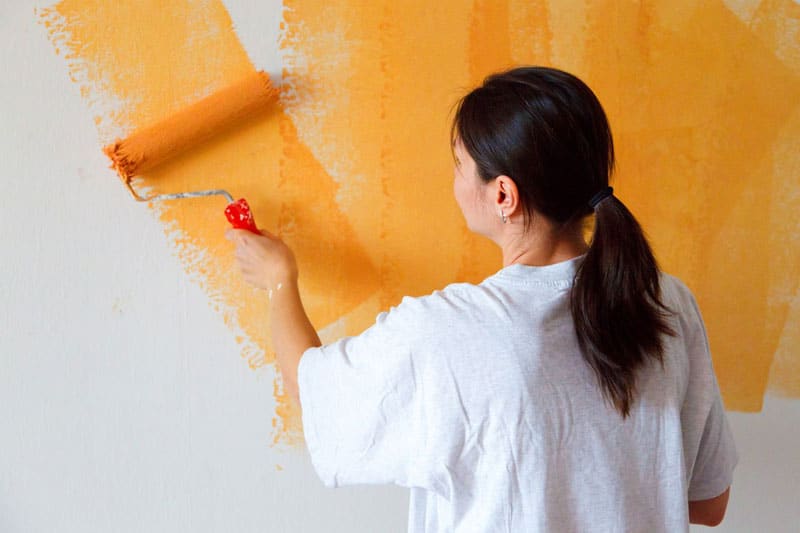How to Apply a Second Coat of Paint Like a Pro

Painting your interior? You can't get away with one coat of paint. You’ll most likely need to apply a second coat of paint.
Second coats fill in any gaps, and help you achieve a smooth, uniform colour. As well as looking better, a second coat will ensure your paintwork is durable and long-wearing.
In this article, we’ll share with you our top tips for applying a second coat of paint like a pro. Let’s get right into it.
Get the timing right
Your walls might feel dry to the touch soon after applying the first coat of paint, but they aren’t. You’ll need to give the first coat ample time to cure before adding the second.
How long you’ll need to wait depends on the type of paint you use:
- Usually, you can apply a second coat of latex (water-based) paint two to four hours after the first.
- With oil-based paints, it’s best to wait a full 24 hours between coats.
If you apply the second coat too soon, the first coat may pull as your roll. This could result in unsightly streaks, peeling, and uneven colour.
Protect your tools while you wait
Avoid leaving your paint brushes, rollers, and paint tin exposed while you wait for the first coat of paint to cure. Cover or clean your tools, and put the lid back on the paint tin to ensure nothing dries out.
If you are using latex paint and plan to add the second coat in a couple of hours, cover your brushes and rollers in plastic wrap and stick them in the fridge. This will prevent the paint from drying, and you won’t have to clean your brushes twice.
Painting your second coat
For the most part, applying your second coat is much like applying your first coat. The tricky bit is keeping track of where you have – and haven’t – painted.
We suggest beginning in the top corner, and cutting along the corners and trim. From there, roll the paint on in small sections. Remember to finish one wall completely before moving to the next.
Keeping colour consistent
If you are painting your walls a dark colour – such as navy blue or burgundy – you’ll need to pay special attention to the consistency of the colour.
Dark colours have lots of pigment, and pigment tends to settle at the bottom. Be sure to mix your paint thoroughly before adding a second coat.
If you need more than one tin of paint to finish off your painting project, you’ll want to mix all tins together in a larger bucket. There can be slight variations in colour from tin to tin, which, if not taken into account, can result in uneven colour.
Leave Painting to the Professionals
Sound like too much work? Leave it up to us, the professional painters Brisbane locals trust. With years of painting experience, our team is passionate about helping people like you transform the look and feel of their homes. Call today on 07 3829 5735 or fill out the form on this page for a fast, accurate quote.

Why is it called the second coat of paint.